10 Essential Skills of a Successful Airframe Structures Technician
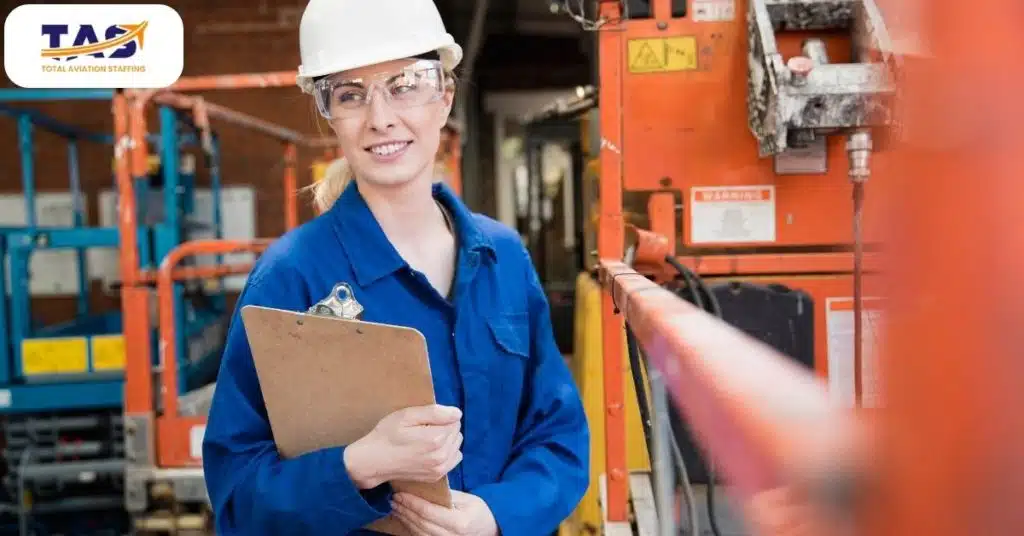
Airframe structures technician can be an overwhelming task. It is important to know what these skills are in order to become a proficient and successful technician in this field. By highlighting some of the key skills that are necessary to succeed in this career, we can help you better prepare for all of the challenges that lie ahead. This blog post will outline the 10 essential skills of a successful airframe structures technician, including technical knowledge and problem-solving abilities. We hope it helps you gain a better understanding of what it takes to be successful in this rewarding field!
1. Working Knowledge of Aircraft Materials, Systems, and Components
A successful airframe structures technician must have a working knowledge of aircraft materials, systems, and components. They must understand how these pieces fit together to form the structure of an aircraft. This includes knowledge of different types of metals and alloys used in manufacture, as well as the functions of various systems such as landing gear, fuel tanks, and engines. Some of the essential knowledge areas include:
Aircraft Metals and Alloys – Must know the different types of metals used in aircraft manufacture, along with their properties and uses.
Design Principles – Knowledge of principles for structural design including aerodynamics, stress analysis, and fatigue life estimation.
Structural Repair – Understanding the process of repair and maintenance of aircraft structures, including welding, riveting, and composites.
Aircraft Systems – Knowledge of the systems and components inside an aircraft such as landing gear, fuel tanks, engines, hydraulic systems, and flight control surfaces.
Structure/System Integration – Understanding how different components interact with each other to form a complete aircraft structure.
These are just a few of the working knowledge areas that a successful airframe structures technician must have. With the right combination of experience, skill, and knowledge, they can be invaluable assets to any aircraft maintenance team.
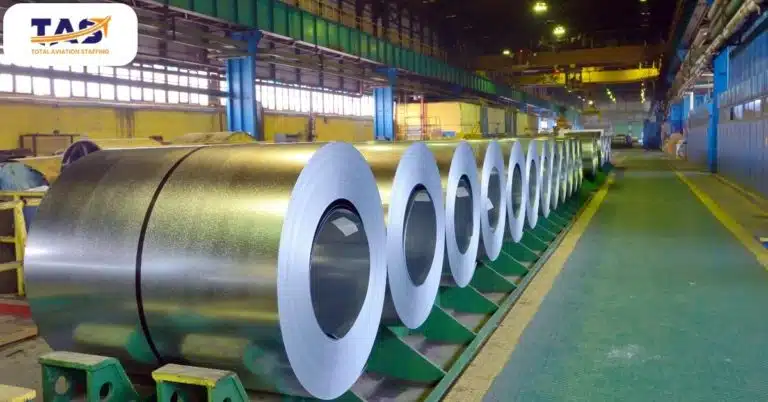
2. Ability to Read Plans, Instructions, and Blueprints
A successful airframe structures technician must have the ability to read and interpret plans, instructions, and blueprints. They must be able to quickly identify components in a complex diagram and follow step-by-step instructions for assembly or repair. This includes being able to identify different materials used in aircraft manufacturing along with their specific characteristics. The essential skills include:
Interpret Drawing Scales – Must be able to read and interpret different scales such as 1/4 inch scale, metric scale, etc.
Understand Symbols – Ability to identify symbols used in blueprints such as lines, circles, arrows, etc.
Analyzing Diagrams – Being able to quickly analyze diagrams and determine how the parts of an aircraft fit together.
Read Steps – Ability to read and follow step-by-step instructions for assembly or repair.
Follow Manufacturer Guidelines – Understand how to use manufacturer guidelines such as torque specs and proper tightening sequences.
These are just a few of the necessary skills for reading plans, instructions, and blueprints. With the right combination of experience, skill, and knowledge, a successful airframe structures technician can be invaluable to any aircraft maintenance team.
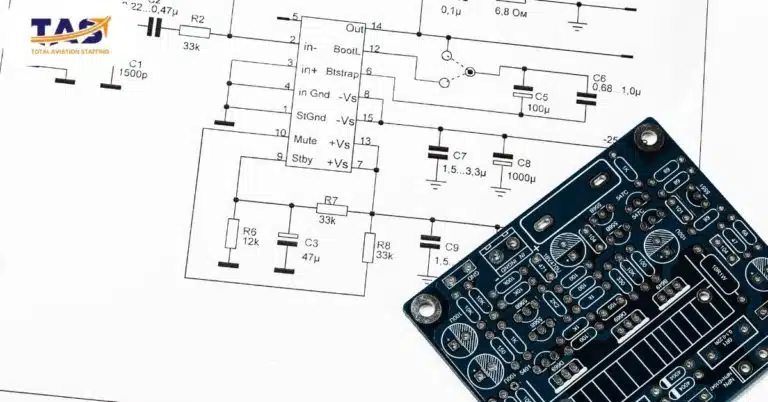
3. Understanding of Basic Structural Mechanics Principles
Knowledge of aviation and the basics of structural mechanics is paramount for a successful Airframe Structures Technician. As such, they must have an understanding of all principles surrounding aviation structures such as static and dynamic loads, aviation safety, how to properly design components, inspection techniques, and structural materials and their properties.
To become a master technician these concepts must become second nature. They should understand that aviation structures need to be designed and built accurately to protect passengers from risks associated with aviation by creating a product that is safely capable of enduring these different load requirements.
A successful Airframe Structures Technician needs to know that aviation means precise measurements as even a single wrong calculation might lead to disastrous results.
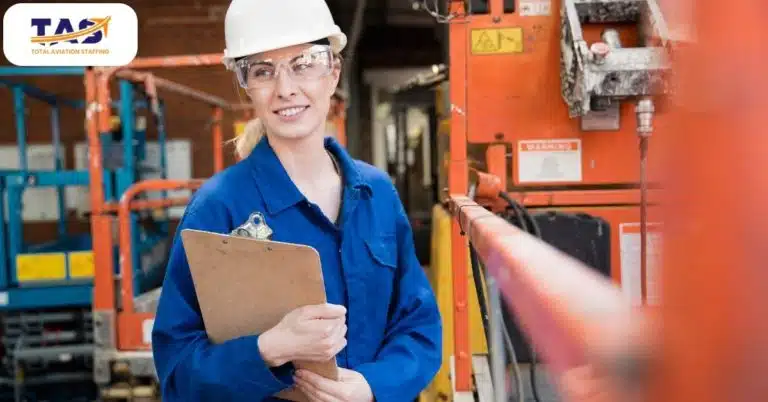
4. Knowledge of Industrial Safety Regulations
As an Airframe Structures Technician, knowledge of the aviation industry’s industrial safety regulations is a critical component to success. Special attention must be given to aviation safety codes and standards such as fire protection, crashworthiness, fatigue and failure analyses, lightning protection, and corrosion prevention.
Professionals in this field must ensure they are up to date on the aviation industry’s ever-changing rules and regulations. A successful technician in this sector has the capacity to interpret technical data, analyze aviation safety issues, use sophisticated computer programs related to aviation structures, determine suitable materials for airframe repairs, and develop sound maintenance procedures for the aviation industry.
All these tasks require ongoing study and skillful application of aviation safety regulations inherent in any airframe structure work.
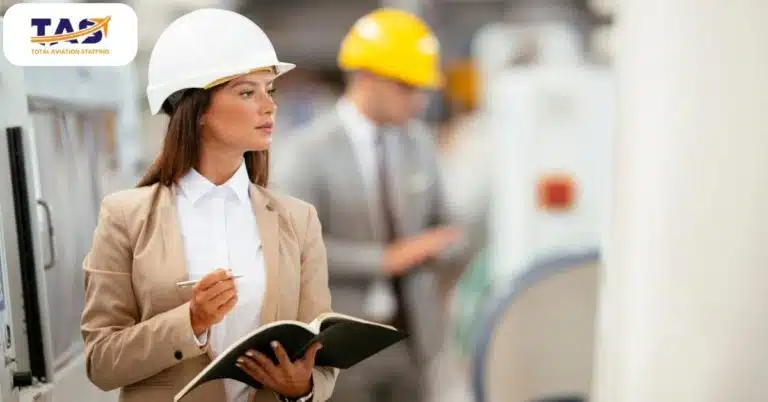
5. Familiarity With Aviation Regulations and Standards
Aviation regulations and standards are essential knowledge for any successful airframe structures technician. The ability to interpret aviation regulations, put aviation standards into practice, and communicate relevant aviation regulations is of utmost importance in this field.
Taking the time to fully understand aviation regulations and standards at a high level offers an invaluable advantage when areas of aviation compliance arise. It can mean the difference between a technician that is able to confidently take on a project compared to those slow to react due to a lack of knowledge of aviation safety responsibilities.
This understanding helps all aviation stakeholders understand best practices and move projects forward with fewer challenges thus establishing credibility as an expert in the field.

6. Proficient in Airframe Structures Assembly Processes
Airframe structures technicians are essential aviation professionals who maintain and repair aircraft bodies and fuselages. A successful airframe structures technician must possess key skills related to the field, such as being proficient in the assembly processes of airframe structures.
This includes having strong familiarity with a variety of aviation materials, tools, and components, as they assemble a wide range of structural parts and aviation assemblies on both metal and composite aircraft. Having knowledge of troubleshooting is essential for efficiently diagnosing issues related to structural repairs.
Furthermore, being up-to-date on aviation regulations and standards provides these aviation professionals with an even better understanding of their work. Thus, ensuring that their structural assemblies meet the highest industry safety requirements.
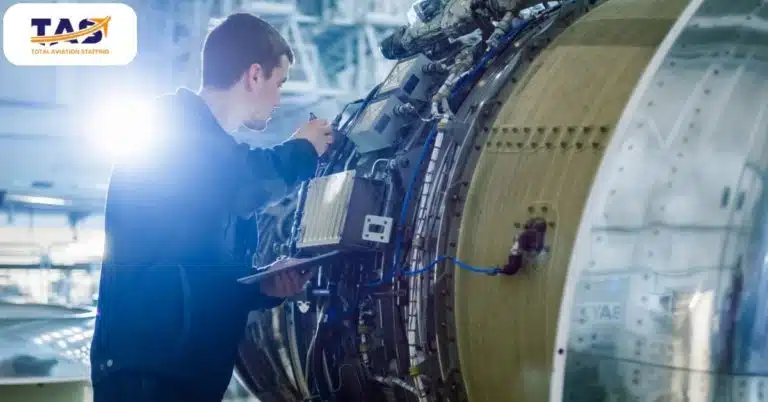
7. Knowledgeable in Inspecting and Repairing Airframes as Well as Creating New Components or Systems
Airframe structures technicians are an essential part of aviation, responsible for inspecting, maintaining, and repairing aircraft structures. They must possess a variety of technical skills to be successful in the field, foremost among them is knowledgeability in inspecting and repairing airframes as well as creating new components or systems.
In addition to having extensive expertise in aviation engineering, an effective airframe structures technician must also be thorough and have great attention to detail when it comes to locating any signs of wear or corrosion on aircraft parts. They should also be able to perform detailed analyses using aviation-grade inspection tools, interpret industry manuals and understand aviation regulations. They need strong problem-solving skills as they often need to come up with innovative solutions to complex issues on the fly.
Last but not least, they must always strive to adhere to safety regulations and ensure that every single job meets aviation standards at all times. Airframe structures technicians are a crucial part of aviation – with the right combination of technical proficiency, strong attention to detail, and problem-solving capabilities they can make sure the aviation industry thrives.
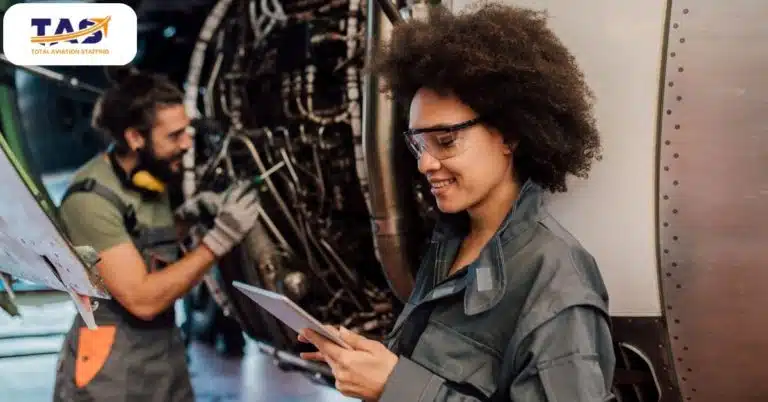
8. Skilled in the Use of Power Tools and Other Mechanical Equipment Such as Drill Presses, Shears, Band Saws, Etc.
Airframe structures technicians must be skilled in the use of power tools and other mechanical equipment such as drill presses, shears, band saws, etc. Utilizing such tools correctly is essential when it comes to assembling components that makeup aircraft structures as they require precision and accuracy.
In addition to being proficient in the use of power tools, the technician must also have a comprehensive knowledge of various fabrication methods such as cutting, drilling, riveting, and welding. This understanding will ensure that the assembly process is completed safely and efficiently while meeting industry standards.
Airframe structures technicians must possess excellent communication skills so they can effectively interact with other team members during the process. With their knowledge of the assembly process and proficiency in using power tools, airframe structure technicians make sure aircraft structures are safely and properly assembled to ensure that they meet the highest industry standards.
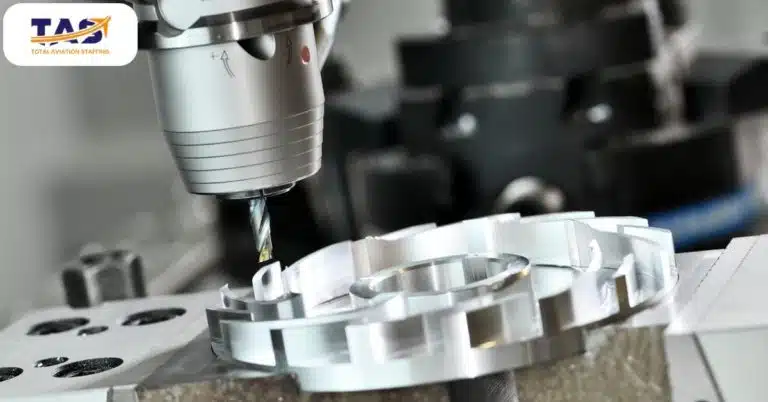
9. Experience Working With Composite Materials Preferred but Not Required
Working with composite materials is a specialized skill that requires precision and attention to detail, making it an essential part of the job for airframe structures technicians. While experience working with composite materials is preferred, it is not always required.
Below are five skills and abilities that airframe structures technicians should possess in order to work effectively with composite materials:
Knowledge of composite material characteristics and their behavior when exposed to different temperatures, pressures, and other environmental factors.
Understanding of structural engineering requirements related to the use of composite materials in aircraft structures.
Ability to read blueprints and interpret schematics in order to accurately assemble components that makeup aircraft structures.
Proficiency in the use of power tools, measuring equipment, and other mechanical devices required for cutting, drilling, riveting, and welding composite materials to aircraft structures.
Ability to recognize potential problems or hazards while working with composite materials in order to adhere to industry standards and safety regulations.
By having these skills and abilities, airframe structures technicians can ensure that aircraft structures are properly assembled using composite materials in accordance with industry standards. This will ensure the safe operation of an aircraft while also ensuring its durability and longevity.
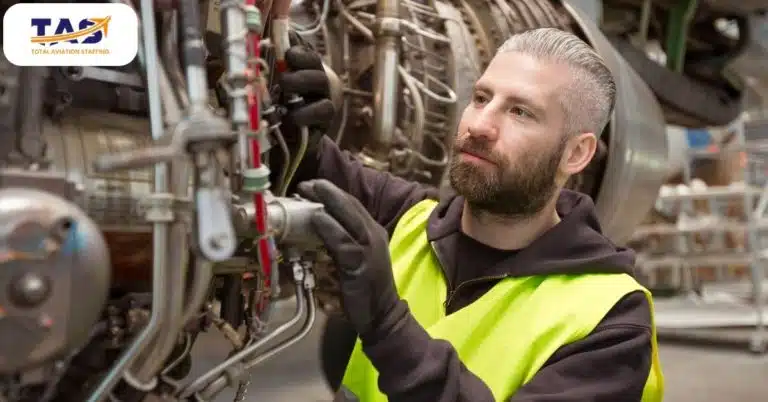
10. Ability to Work Efficiently Both Independently or Collaboratively on a Team
Airframe structures technicians must be able to work efficiently both independently or collaboratively on a team. This is especially important when it comes to assembling components that makeup aircraft structures as accuracy and precision are essential for the job.
To accomplish this, airframe structures technicians must possess excellent communication skills, so they can effectively interact with other team members during the assembly process. In addition, they must also be proficient in problem solving and have strong organizational skills to ensure that every task is completed on time.
Airframe structures technicians must possess a wide range of skills and abilities so they can safely assemble components that make up aircraft structures with accuracy and precision while adhering to industry standards. This will help to ensure the safe operation of an aircraft while also providing its long-term durability. By having these skills and abilities, airframe structures technicians can ensure that aircraft are assembled safely and efficiently for maximum performance.
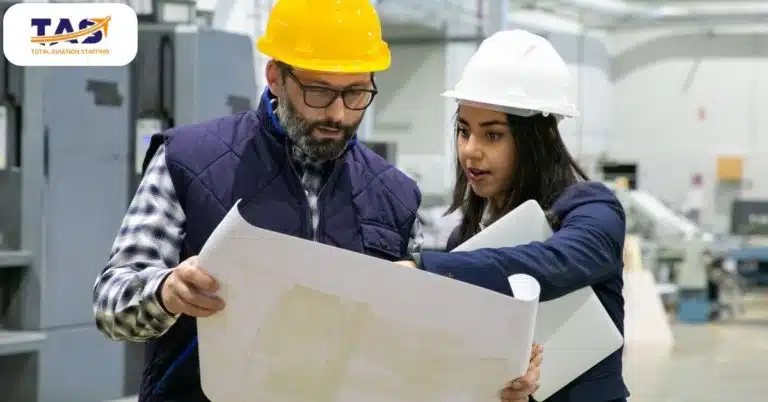
In Conclusion
Airframe structures technicians must possess a wide range of skills and abilities in order to effectively and safely assemble aircraft structures. These skills include knowledge of composite material characteristics, structural engineering requirements, reading blueprints, using power tools and measuring equipment, recognizing potential hazards, and working efficiently both independently or collaboratively on a team. With their expertise, airframe structures technicians can ensure that aircraft are assembled with precision, accuracy, and in accordance with industry standards. As a result, this will help to guarantee the safe operation of an aircraft while also ensuring its long-term durability.
